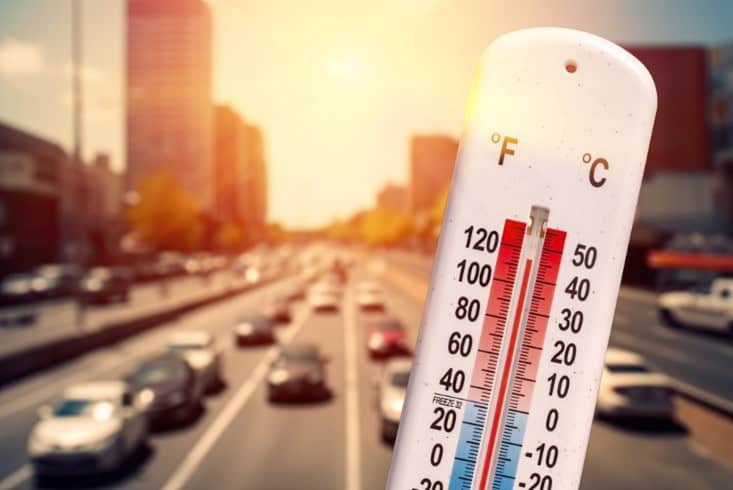JUNE 23, 2025
Avoid Summer Shipping Pitfalls: 3 Packaging Tips for High Heat and Humidity
By Vivian Berni, Director of Product Management, Sustainability & Marketing

As summer heat intensifies across much of the Northern Hemisphere, so does the challenge of protecting temperature-sensitive products during transit. For life sciences companies, biopharma manufacturers, and specialty pharmacies, the risk of excursions can spike in the warmer months—especially across long distances or last-mile delivery.
At ThermoSafe, we support a range of customers whose products can’t afford failure. Whether you’re managing controlled room temperature (CRT) medications or dry ice temperatures, here are three key packaging tips to help you beat the summer heat:
1. Know Your Route – and Design for It
Not all shipping lanes are created equal. A CRT product moving from Boston to Toronto has a vastly different exposure profile than one going from Texas to Arizona. Even a short stop in a hot sorting facility can tip the balance… did someone say, “Welcome to Miami?”
🔍 Tip: Map your highest-risk lanes and ensure your packaging is qualified for realistic summer conditions – this means higher ambient temperature profiles and potential delays.
2. Avoid Over-Engineering – But Don’t Cut Corners
It can be tempting to default to the “most robust, high performance packaging” during peak summer, but this can create waste and drive up costs unnecessarily. On the flip side, underestimating your product’s thermal requirements can lead to costly excursions… patient safety and product integrity remain #1 priority.
📦 Tip: Choose solutions that are right sized for your product volume, hold time, and temperature requirements. If you’re unsure, ask your packaging partner to help assess and optimize.
3. Don’t Ignore the First Mile (and Last Mile)
We often focus on transit time – but excursions can happen before your package even leaves your facility. The first mile (e.g., dock exposure, staging) and last mile (e.g., delivery delays, mailbox heat) are critical.
🌡️ Tip: Minimize time out of refrigeration prior to shipment and consider using transitory packaging (e.g. Durables) or reusable systems (e.g. Orion) for high-risk or high-value payloads – especially in the last mile.
Bonus: Plan Ahead for Operational Resilience
Summer is also peak season for weather disruptions, staffing gaps, and carrier delays. Ensuring you have contingency packaging and inventory on hand can prevent costly surprises.
✅ Pro Tip: Ask your packaging partner about programs that allow for reusable systems, rapid replenishment, or rental models during high-volume periods.
Summer-proofing your cold chain doesn’t have to mean overspending. With the right packaging strategy—and the right partner—you can ship confidently even in the hottest conditions.
Want help evaluating your current packaging for summer performance? Contact our team or schedule a packaging audit here
☀️ Did You Know? Summer Heat Is Intensifying in Global Shipping Zones
United States
- Phoenix, Arizona experienced an unprecedented 31 consecutive days with temperatures at or above 110°F (43.3°C) during July 2023, marking the hottest month ever recorded for any major U.S. city.
- Houston, Texas saw its average summer temperature rise by 4.6°F from 1970 to 2024, significantly higher than the national average increase of 2.6°F across 97% of U.S. cities.
- San Antonio, Texas experienced a 4°F increase in average summer temperatures between 1970 and 2024, contributing to more frequent and intense heatwaves in the region.
Europe
- July 2023 was the hottest month ever recorded globally, with Europe experiencing significant heatwaves.
- Southeastern Europe endured its longest heatwave on record in July 2024, lasting 13 consecutive days and affecting 55% of the region.
- Greece recorded its highest average summer temperature in 2024, with Lindos reaching an average of 32.0°C (89.6°F).
